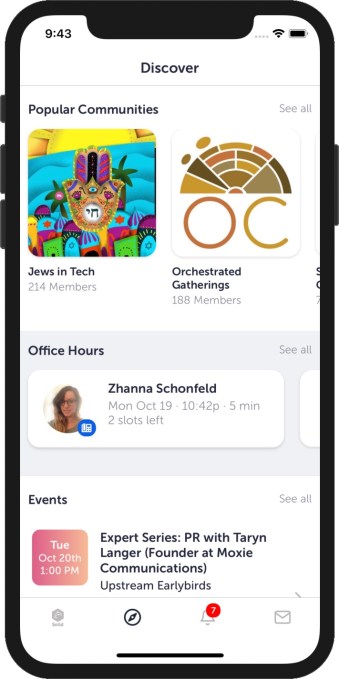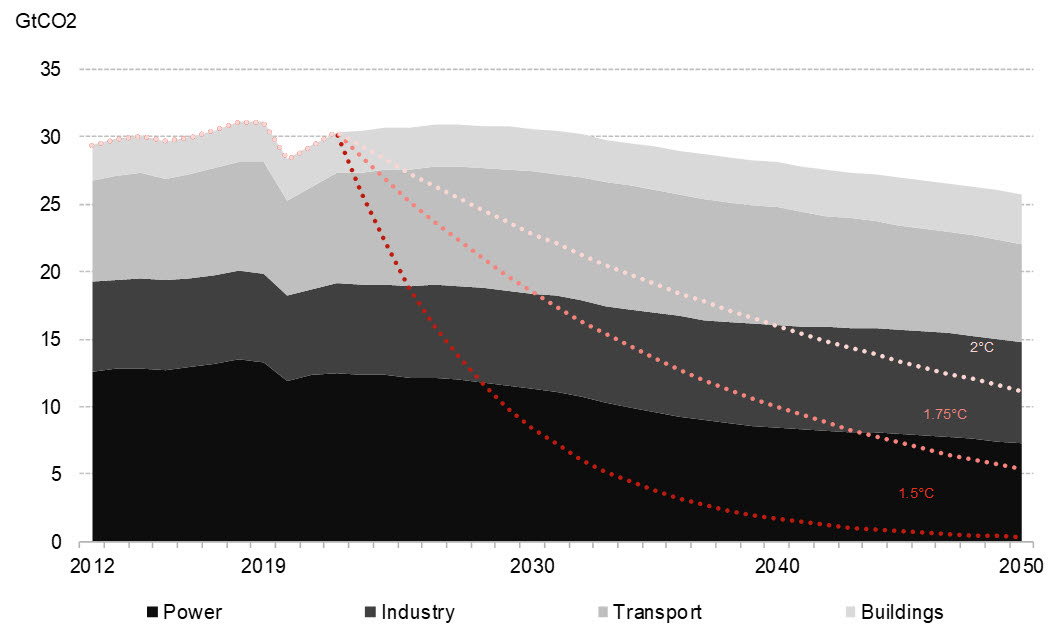News: LA’s Replicated looks to increase R&D and hiring for its operations management software after raising $25 million
The Los Angeles-based operations and security management software service, Replicated has raised $25 million to ramp up its staffing and scale its sales and marketing efforts. The funding, which was led by Two Sigma Ventures and included existing investors like Plexo Capital, Amplify, and BoldStart values the company at over $100 million. Replicated began as
The Los Angeles-based operations and security management software service, Replicated has raised $25 million to ramp up its staffing and scale its sales and marketing efforts.
The funding, which was led by Two Sigma Ventures and included existing investors like Plexo Capital, Amplify, and BoldStart values the company at over $100 million.
Replicated began as a developer of software security and management services for Docker containerized development tools, but as the market shifted to Kubernetes, the company shifted to service those applications.
Last year, the company unveiled its tools for managing Kubernetes deployments and immediately saw sales increase.
“That new offering changed the direction of the company and added velocity and customers and the market responded so well to it,” said Replicated chief executive, Grant Miller. “Once we started building on that success.. We brought on UIPath, Puppet, who created the software automation stuff, TripWire, and then these cool emerging software companies like FlatFile and Fishtown Analytics.”
Replicated now counts 85 customers who pay for access to the platform and for every on-premise deployment that customers develop through the platform. “If you are a company like Puppet, you have hundreds of on-premise customers.”
The company has already been staffing up with key c-suite hires including a chief product officer, a chief revenue officer and vice presidents of marketing and sales. Some of the money will support Replicated’s continued hiring push, while another chunk will go into product development.
“We’re automating as much of the manual software processes that require IT admins to put their hands on keyboards to adjust and optimize things,” said Miller. “With Replicated, half of the services are for tooling for the software vendor to manage release and licensing and the other half is for the IT admin. It’s about how they automate the integration of the applications.”
The company, which currently has 28 employees expects to grow to 75 staff members by the end of 2021, Miller said.
“The on-prem software market is four times larger than the SaaS market,” Miller said in a statement. “Replicated lets software vendors unlock the opportunity of the on-prem software category with lower engineering overhead and faster time to market. This is a market change made possible by the convergence of cloud native computing and Kubernetes.”






